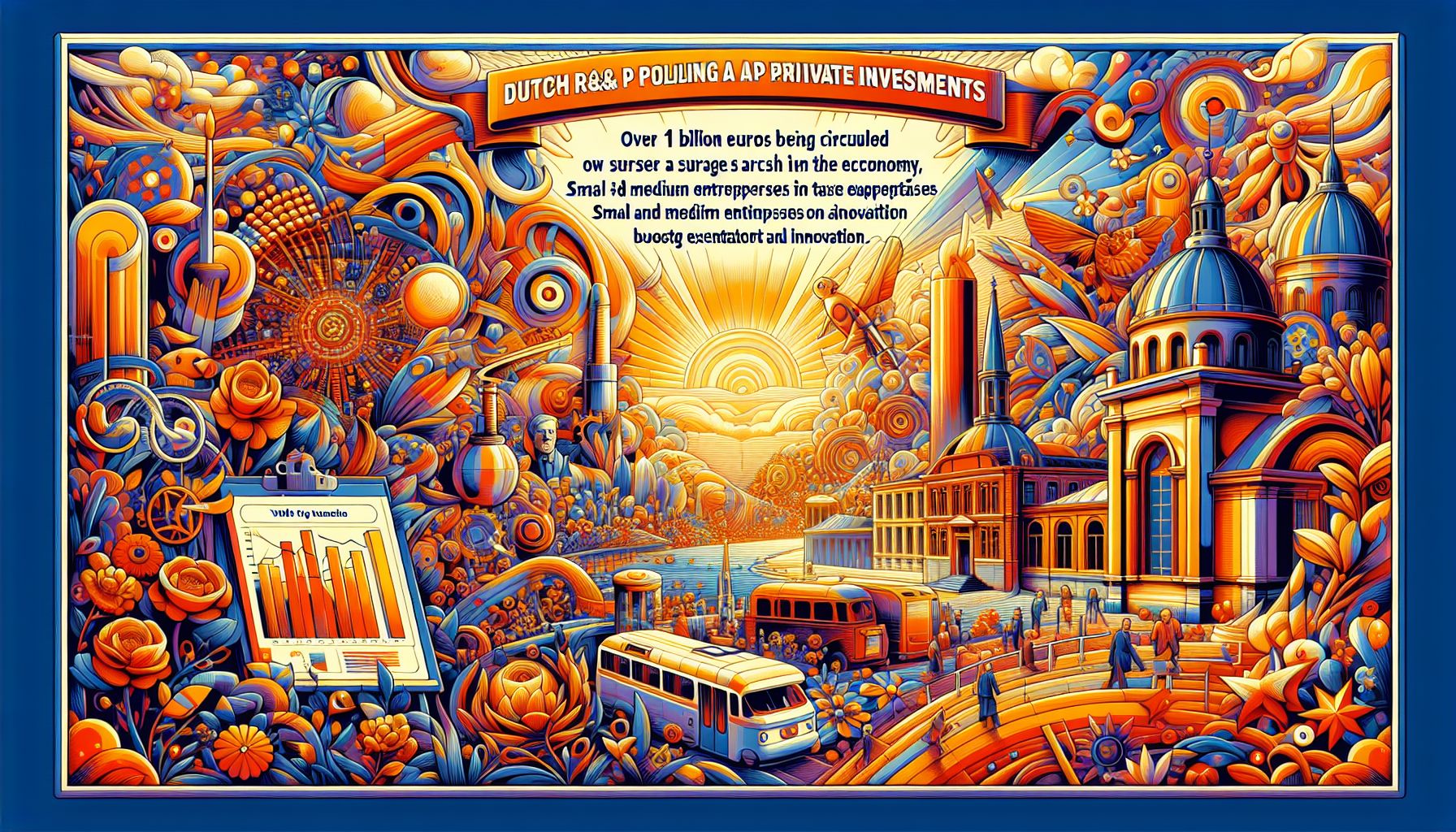Dutch R&D Policy Spurs Over 1 Billion Euros in Private Investments

The Hague, Friday, 4 April 2025.
The WBSO tax credit significantly boosts Dutch R&D expenditure, with SMEs making up 97% of applicants, highlighting its impact on innovation and private investment growth.
Long-term Impact on Innovation Landscape
The WBSO (Wet Bevordering Speur- en Ontwikkelingswerk) has proven its effectiveness over three decades as a cornerstone of Dutch innovation policy [1]. The scheme’s stability has made it a reliable factor in companies’ investment decisions, leading to a substantial public return of nearly 3 billion euros in 2022 [2]. For the technological industry specifically, which currently accounts for 38% of private R&D expenditures in the Netherlands, the WBSO has become increasingly critical for achieving the national target of investing 3% of GDP in R&D [1].
SME Participation and Economic Impact
Recent evaluation commissioned by the Ministry of Economic Affairs demonstrates the WBSO’s particular significance for small and medium-sized enterprises. Nearly 20,000 companies currently utilize the scheme, with SMEs comprising an overwhelming 97% of applications [1][2]. The program has proven especially effective in helping these businesses scale up their innovative activities and enhance their competitive position [1]. However, the technological sector has experienced a decline in WBSO coverage, dropping from 7 cents to just over 4 cents per euro invested in R&D [1].
Future Outlook and Challenges
As of April 2025, the scheme faces new challenges in adapting to evolving R&D practices. Key areas requiring attention include the growing disconnect between companies’ R&D activities and WBSO-qualifying work, alongside concerns about administrative burden [1]. The evaluation has also identified specific areas needing enhancement, particularly in supporting outsourced research and digital innovations for hardware applications [1]. Industry leaders emphasize that while the WBSO provides crucial fiscal support alongside the Innovation Box and 30% ruling, additional targeted investments will be necessary to strengthen the Dutch innovation climate [1].

